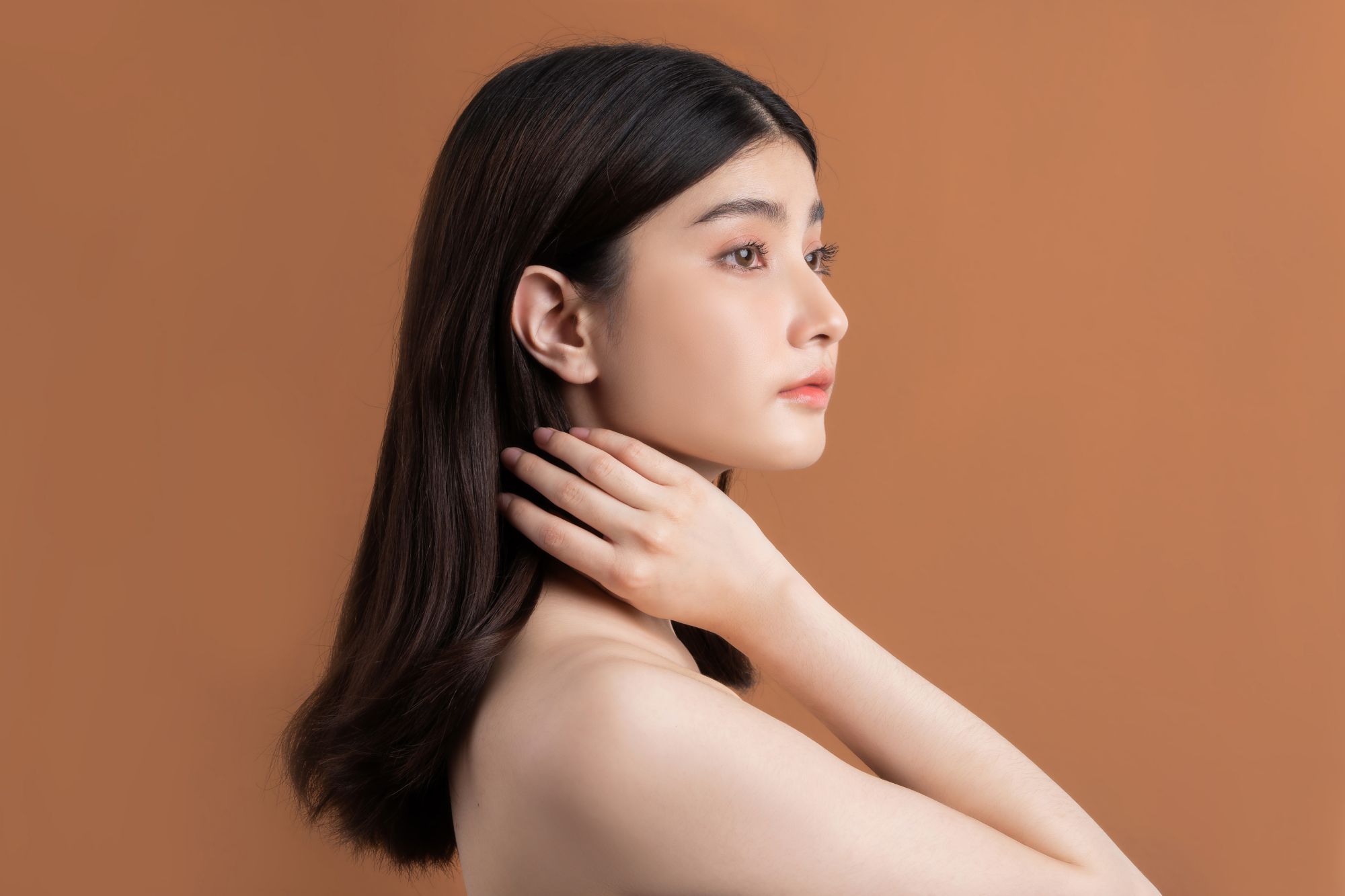Andrea Clark, Artistic Director and Resident Trichologist of The Mandarin Salon at Mandarin Oriental, Hong Kong, gives us the lowdown on caring for Asian hair—including her top picks for the best hair care products and styling tools—to help Hong Kongers win the beauty battle against humidity this summer.
Let’s face it: the reason why you’ve clicked on this article is that you’re tired of falling victim to the city’s notorious humidity in the form of tangled, frizzy hair. In fact, just like how Asian skin types can be different from their Western counterparts, Asian hair also has its own set of unique challenges and concerns that are often overlooked when it comes to developing an effective hair care routine.
To give you a better understanding of the characteristics of Asian hair and how we can best care for our unique hair strands, we speak to Andrea Clark, the Artistic Director and Resident Trichologist of The Mandarin Salon at Mandarin Oriental, Hong Kong. Here's her expert advice on how to keep our healthy and smooth in humid climates.
See also: 10 Of The Best Hair Masks For Dry, Damaged Strands
Are there any general characteristics that can be attributed to Asian hair? In what ways are they different from other hair types?
Before we delve into the attributes of Asian hair, we need to first understand the notion of hair growth cycle—something people might overlook when trying to understand and solve their hair problems.
The hair growth cycle consists of three phases: anagen (growing phase), catagen (transition phase) and telogen (resting phase). Different factors such as genetics, nutrition and health would affect the length of the anagen phase, so one could enter the resting stage and experience thinning hair problem sooner regardless of age.
Compared to other ethnic groups, the anagen phase is generally longer for Asians, where Asian hair can grow up to 7 years before shedding begins. What also makes Asian hair unique is that the hair strands are perfectly round in cross-section, which is very different from Caucasian hair strands which are oval in shape. Asian hair also has a larger diameter, meaning it can grow longer and stronger than other hair types. However, once the individual begins to experience the ageing process, the diameter of the strand would decrease over time, thus leading to thinning hair.
What are some common hair problems that Asians face?
There’s been an increase in the number of Asian women who encounter hair thinning problem at a young age in recent years. Apart from genetics, lifestyle factors can contribute to the problem—think extreme crash diets (or protein malnutrition), stress and hormonal imbalance.
My colleagues also discovered that most of the Asian customers who came to our salon for hair treatments are experiencing scalp issues (such as dandruff and itchy scalp) these days, due to infrequent shampooing. This phenomenon can be attributed to one of the most common misconceptions about hair care: the more frequently you wash your hair, the more hair you will lose. It’s time to put this myth to bed. Shampooing simply cleanses the build-up of old oil on your hair and stops your strands from becoming greasy and smelly, keeping the hair follicles and the scalp clean, healthy.
See also: The Best Heat Protection Sprays For All Hair Types


